The 10 Coolest New Enterprise SSDs And Flash Storage Of 2018

All-Flash, All The Time
Flash storage has become the storage technology of choice for customers running high-performance applications ranging from databases to artificial intelligence, and vendors are responding with new generations of high-performance NVMe flash storage, server-class memory and software that improve flash storage reliability, availability and performance.
This is resulting in a boom in sales of all-flash storage arrays. Research firm IDC estimated that second- quarter 2018 all-flash array storage revenue reached $2.0 billion, up 41.7 percent over the second quarter of 2017, or just under one-third of the entire worldwide external enterprise storage systems market.
CRN has been watching the developments carefully. Here’s a look at some of the coolest of those developments in 2018.
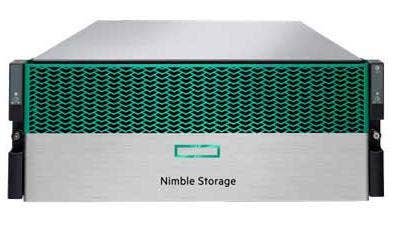
HPE Nimble Storage
Hewlett Packard Enterprise in May expanded its HPE Nimble Storage platform. The latest version, designed to take advantage of NVMe flash storage and storage-class memory, is backed by an HPE guarantee to deliver the best storage efficiency of any all-flash array and a guarantee to meet the storage efficiency of an all-flash competitor or the Palo Alto, Calif.-based company will provide the storage capacity for free.
The new HPE Nimble Storage all-flash arrays include a 99.9999 percent guaranteed availability along with the company's InfoSight predictive analytics. They allow hybrid and secondary flash technology in a single array, and support inline variable deduplication.
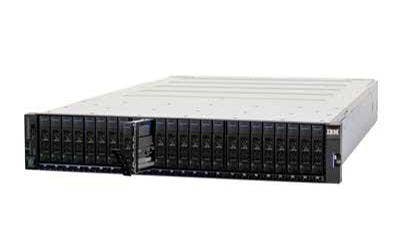
IBM FlashSystem 9100
IBM's FlashSystem 9100 all-NVMe storage system, introduced in July, supports IBM's proprietary high-performance FlashCore flash storage modules as well as industry-standard SSDs, and offers raw capacity of up to 460.1 TBs, or up to 2 PB with data reduction, in each 2U enclosure. It is Armonk, N.Y.-based IBM's first array to feature new 2.5-inch FlashCore flash storage modules. The FlashSystem 9100 includes software that migrates data between arrays from multiple vendors without the need for a server between them, and provides unified cross-platform storage management and template-driven automation via APIs for DevOps people. IBM also introduced three optional reference architectures to make the FlashSystem 9100 part of a multi-cloud offering.
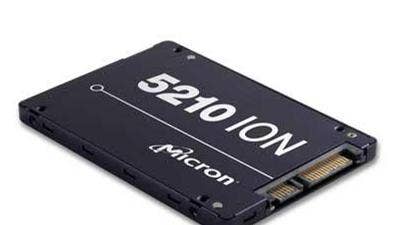
Micron Quad-Level Cell NAND SSD
Micron Technology recently started shipping what the Boise, Idaho-based semiconductor company called the industry’s first SSD built on quad-level cell (QLC) NAND technology. The Micron 5210 ION SSD offers a 33 percent increase in bit density compared to triple-level cell (TLC) NAND.
The Micron 5210 ION SSD, with its high-density 64-layer 3-D NAND structure, is targeted at read-intensive, performance-sensitive cloud storage workloads in artificial intelligence, big data, business intelligence, content delivery and database systems. They are available in a 2.5-inch form factor in capacities ranging from 1.92 TB to 7.68 TB.
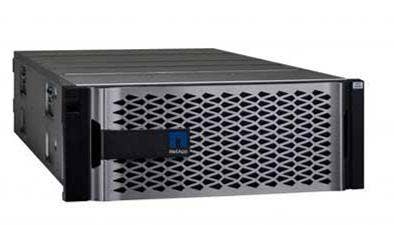
NetApp AFF A800
Sunnyvale, Calif.-based NetApp called its new AFF A800 the world's first NVMe end-to-end array. The AFF A800 features a latency of under 200 microseconds, with data transfer of up to 300 GBps and performance of up to 11.4 million IOPS in a 24-node cluster. It comes ready to attach to high-speed 16-Gbps and 32-Gbps Fibre Channel networks, and is ready for upcoming 100-Gbps Ethernet networks.
The AFF A800 has an enhanced version of NetApp's Active IQ web-based analytics software that provides predictive analytics for technical support based on information from the 3.5 billion data points collected from the field each day. The new version of Active IQ adds predictive analysis of future performance expectations, automatically detects unprotected data volumes, and makes recommendations about what workloads would benefit from all-flash storage.
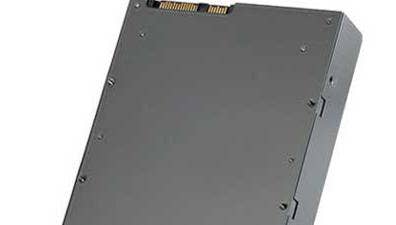
Nimbus Data 100-Tbybe ExaDrive SSDs
Nimbus Data in March introduced a new model of its ExaDrive SSD family that the Irvine, Calif.-based company said is the world's highest-capacity SSD. The new ExaDrive SSDs feature a raw capacity of 100 TBs, or about three times that of other larger-capacity SSDs, the company said. The new SSDs offer up to 100,000 read/write IOPS, and come with an unlimited write guarantee of five years.
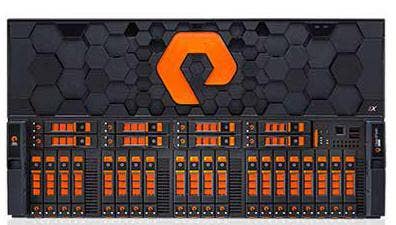
Pure Storage FlashArray//X
Pure Storage in the spring significantly enhanced its FlashArray//X family with end-to-end NVMe shared storage. The Mountain View, Calif.-based company's all-NVMe FlashArray//X family features five configurations, from the NVMe-ready //X10 NVMe-ready arrays for small application deployments to the all-NVMe //X90 with up to 3 PB of effective capacity in a 6U footprint with a latency of as low as 250 microseconds and the ability to unite SAN and DAS into a single, consolidated, and shared data-centric architecture. They feature the latest release of Pure Storage's Purity storage operating software, which the company said offers a 20 percent improvement in data reduction efficiency.
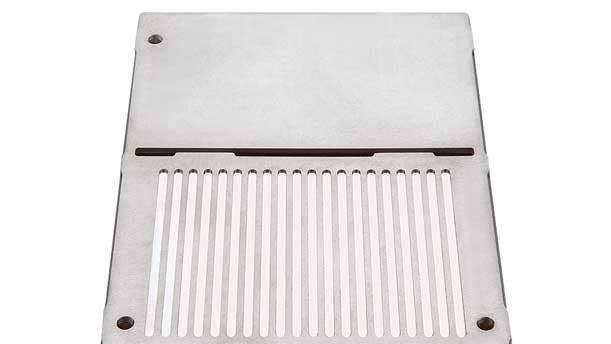
Radian Open-Channel 2 SSDs
Radian Memory Systems in July released what it called the industry’s first Open-Channel 2-compliant SSD in a U.2 form factor with up to 12 TB of flash capacity and up to 12 GB of byte addressable, PMR-style user NV-RAM. The Calabasas, Calif.-based company's new RMS-350 SSDs are targeted at all-flash arrays, hyper-converged systems and cloud storage, and offer highly parallelized, deterministic I/O while minimizing tail latencies for data center workloads. The new SSDs also support Cooperative Flash Management (CFM) based on Radian’s Symphonic CFM technology or Radian’s implementation of the new Open-Channel 2 interface. Open-Channel SSDs are targeted at providing predictable latency and software-defined non-volatile memory.
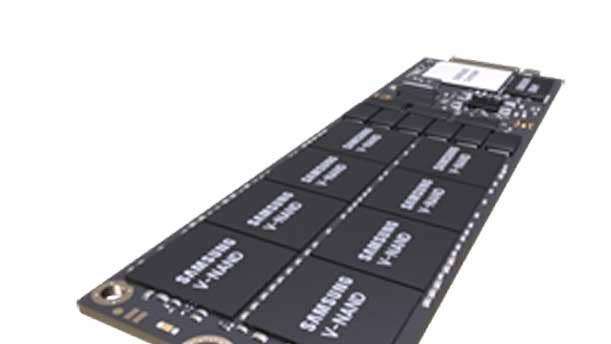
Samsung Small Form Factor 8-Tbyte NVMe SSD
South Korea-based Samsung recently introduced what the company called the industry’s highest capacity NVMe SSDs based on the next-generation small form factor. The new F1 NVMe SSDs feature 8 TB of capacity. Up to 72 of the 8-TB NF1 SSDs can be combined to bring what Samsung termed the world’s highest storage density of 576 TB in a 2U server. The new SSDs have been optimized for data-intensive analytics and virtualization applications in next-generation data centers and enterprise server systems.
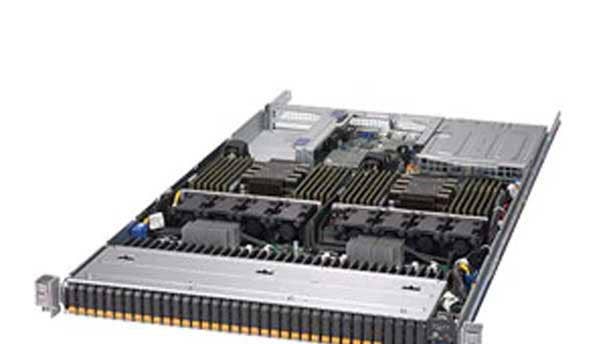
Supermicro: Half-Petabyte NVMe Storage In 1U
Supermicro Computer in September started shipping a new all-flash NVMe storage server that fits 36 of Samsung's new NF1 form factor SSDs in a 1U chassis, providing up to 576 TB of all-flash storage in a very dense package. San Jose, Calif.-based Supermicro's new SSG-1029P-NMR36L storage server features 36 front-loading drive bays with hot-swap capability, and comes configured dual Intel Xeon Scalable processors with up to 56 cores, along with 24 DIMM slots for up to 3 TB of system memory, providing up to 10 million IOPS of performance and 20 GBps of network throughput.
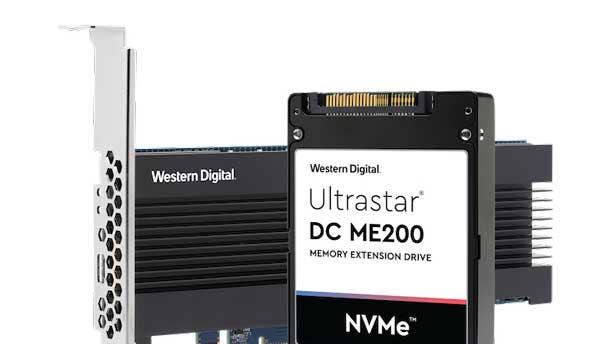
Western Digital Ultrastar Memory Drive
Western Digital in November unveiled the Ultrastar DC ME200 Memory Extension drive, the San Jose, Calif.-based company’s first product to take advantage of in-memory capacity and performance for use in such applications as real-time analytics. The new Ultrastar memory drive provides near-DRAM performance for companies to expand memory pool sizes up to eight times servers' DRAM capacity. It is drop-in ready and PCIe-device compatible with most Intel x86 servers. Available with up to 4 TiBs, or Tebibytes, of capacity, they work with existing system hardware, firmware and applications. The new ME200 provides up to 24 TiBs of system memory in a 1U server, and supports NVMe U.2 and PCIe AIC (add-in-card) HH-HL interfaces.